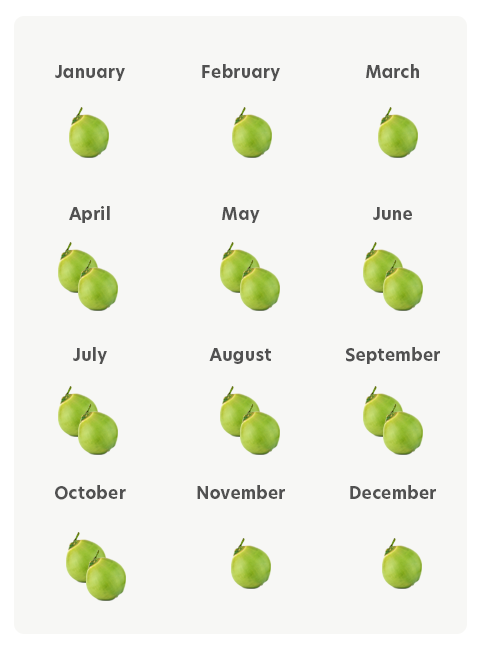Coconuts grow on large coconut palm trees (Cocos nucifera), rising to 30 meters in height. Botanically, the fruit is a drupe (where the fleshy section of the fruit, surrounds the hardened endocarp with a seed inside) and not a nut. Through genetic studies the origin of coconuts, have been linked back to the Central Indo-Pacific region, with their spread being associated to the migration of Austronesian people. Although coconuts exist in different colours, they are all the same variety. The difference in colour is based on the harvest time of the coconut, with younger coconuts having a green shell and once ripening turning brown. For the industrial production of coconut water, only the green coconuts are used because once the coconut has ripened and turned brown it contains significantly less water. The coconut palm bears fruit after approximately 3 years and reaches its peak production after 6 years. Although the tree produces fruit all year round, there is an increased demand during the winter months, because of tourism.





